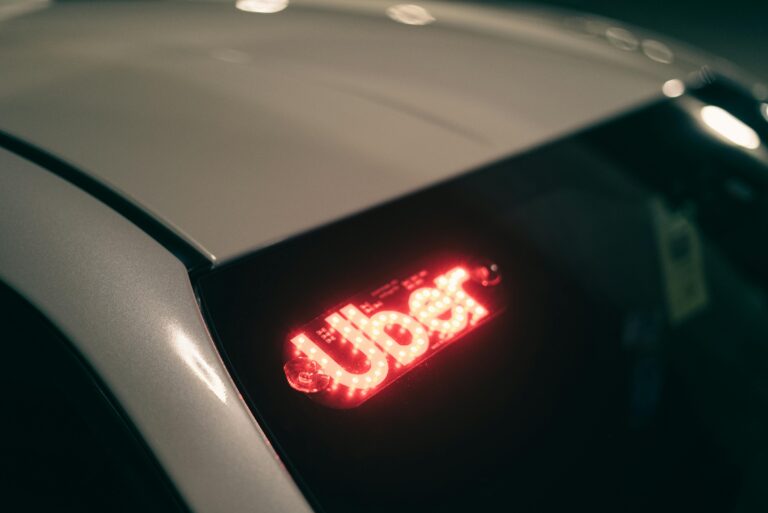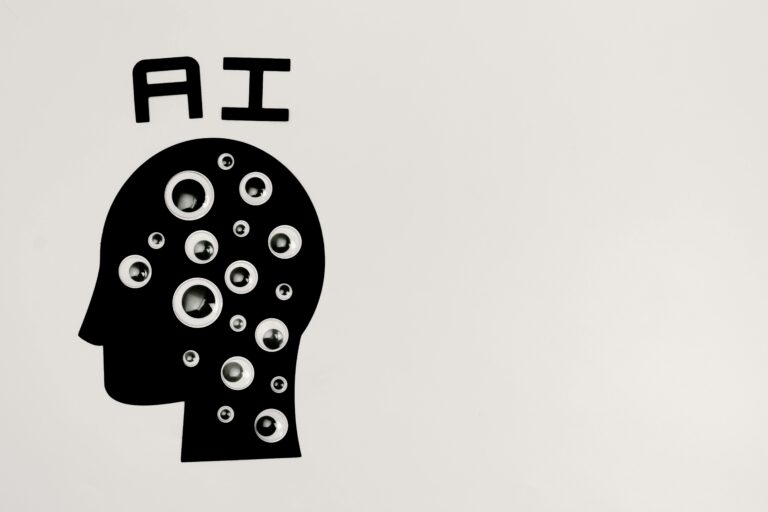
3. Scarcity and Urgency: FOMO (Fear of Missing Out)
Scarcity is a powerful psychological tool that influences consumer behavior. When people believe a product is in limited supply, they are more likely to act quickly. Nike’s limited-edition sneaker releases are a great example of this. The hype around these limited releases creates a sense of urgency and exclusivity. Consumers feel the pressure to buy before they miss out.
Even online stores like H&M use this technique. They often display messages like “Only 3 left in stock!” or “Sale ends in 24 hours” to push customers into making a faster decision. This triggers a fear of missing out (FOMO), prompting immediate action.
4. Price Perception: How We View Value
The price of a product is a huge psychological factor. But it’s not just about how much something costs; it’s about how we perceive its value. Brands often use pricing strategies like price anchoring, where they present a higher-priced item next to a lower-priced item to make the cheaper one seem like a good deal.
For example, Target often places its high-end items next to more affordable options, making the affordable items look like great value. Consumers feel they are getting more for their money, even if they didn’t originally intend to spend that much.
continue reading…


